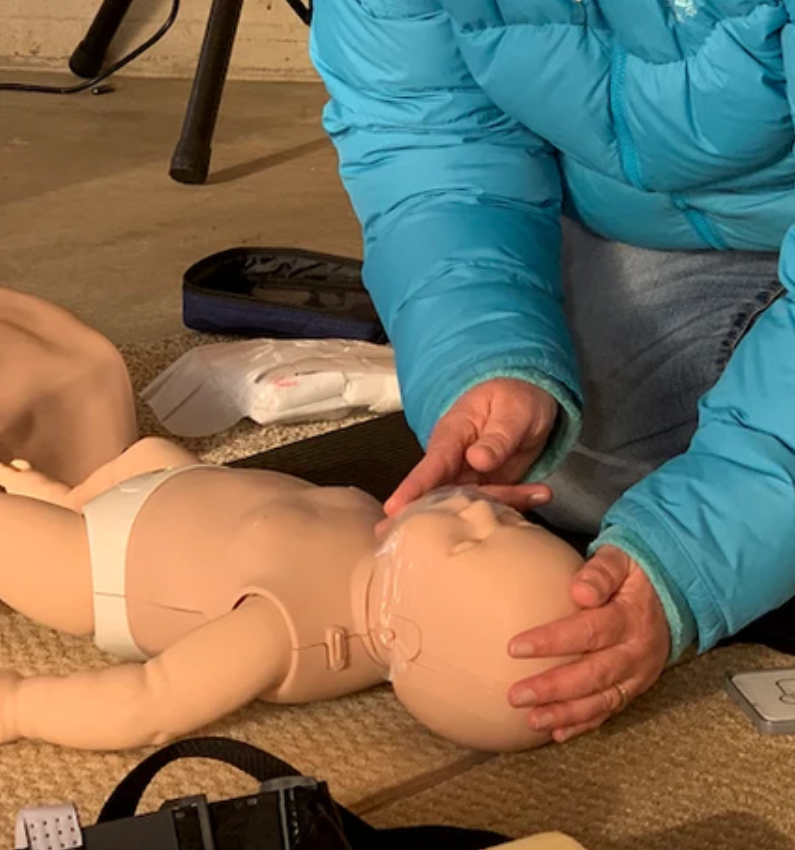In a world where every moment counts, especially when it comes to the safety of our youngest community members, the impact of pediatric CPR training cannot be overstated. Children, with their boundless curiosity and energy, are prone to accidents and emergencies. This blog explores the profound influence of pediatric CPR training, emphasizing how small steps in education can lead to significant differences in the safety and well-being of our children.

Tailoring Techniques for Tiny Hearts
Pediatric CPR training recognizes the unique physiology of children and provides specialized techniques tailored to their needs. From infants to adolescents, understanding the nuances of chest compressions, hand placement, and rescue breathing for different age groups is crucial for effective response in pediatric emergencies.
Early Recognition, Swift Action
Pediatric CPR training not only imparts life-saving techniques but also emphasizes the importance of early recognition of distress signals in children. Being able to identify signs of choking, respiratory distress, or cardiac arrest promptly empowers caregivers to take swift action, making a significant difference in outcomes.
Choking Prevention and Response
Children explore the world through taste and touch, making them susceptible to choking incidents pediatric CPR training includes guidance on preventing choking hazards and responding with confidence and efficiency when a child is in distress. Small steps in creating a safe environment can lead to a big difference in preventing emergencies.
Empowering Parents and Caregivers
One of the most powerful aspects of pediatric CPR training is the empowerment it provides to parents, caregivers, and anyone responsible for children. The confidence gained through knowledge and hands-on training can turn ordinary individuals into capable responders, creating a safety net for the youngest members of our communities.
Customizing CPR for Different Age Groups
Children of varying age groups require different approaches to CPR. Pediatric CPR training ensures that caregivers can adapt their response techniques for infants, toddlers, and older children. This customization enhances the effectiveness of the intervention and increases the chances of a positive outcome
Creating a Culture of Preparedness
Small steps in pediatric CPR training contribute to a larger cultural shift towards preparedness. As more individuals become trained in pediatric CPR, communities become safer havens for children. The collective knowledge and readiness fostered by pediatric CPR training create a supportive environment where everyone plays a role in ensuring the well-being of our youngest generation.
In the realm of pediatric safety, small steps in the form of pediatric CPR training can lead to substantial differences. These small steps empower caregivers, prevent emergencies, and create a culture of preparedness. As we recognize the vulnerability of children and the need for swift, effective responses, let us embrace the power of pediatric CPR training to make big differences in the safety and well-being of the youngest members of our communities.

No comments yet